The hippocampus, that seahorse-shaped structure nestled deep within the temporal lobe, has long fascinated neuroscientists for its role in memory formation. But in recent years, researchers have uncovered a particularly melodic dimension to its function—the encoding and retrieval of musical memories. Unlike other forms of memory, musical recollection seems to bypass typical cognitive pathways, lingering in the mind with uncanny resilience even as other memories fade. This phenomenon has sparked a wave of studies exploring how melodies become etched into our neural architecture, and why certain songs trigger vivid recollections decades later.
What makes music so sticky for the hippocampus? One theory suggests that its multisensory nature—the interplay of rhythm, melody, and often emotional lyrics—creates a rich neural tapestry that’s harder to unravel than, say, a standalone fact or visual memory. When you hear a song from your adolescence, it’s not just the notes that come flooding back; it’s the scent of your first car, the texture of a childhood blanket, or the dizzying rush of a first crush. The hippocampus doesn’t store these memories in isolation. Instead, it acts as a conductor, orchestrating connections across sensory and emotional brain regions to create a symphony of recollection.
This intertwining of music and memory isn’t merely poetic—it’s clinically significant. Alzheimer’s patients who struggle to recognize family members can often still sing along to songs from their youth. Stroke victims with severe aphasia sometimes retain the ability to hum melodies. Such observations have led to experimental therapies using personalized playlists to "awaken" dormant memories in neurodegenerative diseases. The results are far from anecdotal; fMRI scans show that familiar music lights up not just the hippocampus but a network of associated regions, including the amygdala and prefrontal cortex, in ways that other memory cues fail to replicate.
The durability of musical memory might also lie in how we first encounter it. Unlike rote memorization, which often requires conscious repetition, songs worm their way into our brains through passive exposure. Think of how effortlessly you learned nursery rhymes or advertising jingles—no flashcards required. This implicit learning process seems to create especially robust hippocampal engrams, the physical traces of memory. Even when the conscious memory of where or when we heard a song disappears, the hippocampus retains its tonal blueprint, ready to replay at the slightest provocation.
But the hippocampus’s relationship with music isn’t just about storage—it’s also about prediction. Recent studies using intracranial EEG recordings reveal that the hippocampus activates milliseconds before familiar musical phrases resolve, as if anticipating what comes next. This predictive function mirrors its role in spatial navigation, where it helps us mentally map physical environments. In the realm of music, the hippocampus may similarly construct cognitive maps of sonic landscapes, allowing us to traverse chord progressions and rhythmic patterns with subconscious ease.
This predictive mechanism could explain why musical "earworms" hijack our thoughts so stubbornly. When a song fragment loops incessantly in your mind, it might represent the hippocampus’s attempt to complete a pattern it recognizes as unresolved. The same neural machinery that helps squirrels remember where they buried nuts compels humans to mentally replay chorus after chorus of an unfinished pop song. There’s something almost taunting about this evolutionary repurposing—our most advanced memory system, refined over millennia, now enslaved by the catchiness of a commercial jingle.
Musicians themselves provide compelling case studies of the hippocampus’s musical prowess. Jazz improvisers, for instance, show extraordinary hippocampal activity when spontaneously creating melodies, suggesting the region doesn’t merely archive music but actively participates in its real-time composition. Meanwhile, individuals with hippocampal damage often retain procedural memory for playing instruments but lose the ability to learn new pieces—a dissociation that hints at multiple memory systems working in concert. The hippocampus appears to handle the "what" and "when" of musical memory, while other structures manage the "how."
As research progresses, we’re beginning to see applications beyond clinical settings. Educators are experimenting with musical mnemonics to enhance foreign language acquisition, leveraging the hippocampus’s melodic memory bias. Some airports now use distinctive musical motifs at baggage claim areas, creating sonic landmarks that reduce passenger disorientation. Even military training programs have incorporated rhythmic cues to improve recall of complex procedures. Each application underscores music’s unique status as both art and cognitive tool—a dual nature made possible by the hippocampus’s peculiar wiring.
Yet mysteries remain. Why do some people remember melodies after a single hearing while others struggle to recall a tune moments later? How does the hippocampus prioritize which musical memories to preserve? And what explains the visceral nostalgia triggered by certain harmonies? These questions beckon researchers toward deeper exploration of our neural concert halls. What’s certain is that the hippocampus doesn’t process music as mere sound—it treats it as emotional cartography, mapping the melodies of our lives onto the folds of our brains with enduring precision.

By /May 30, 2025

By /May 30, 2025
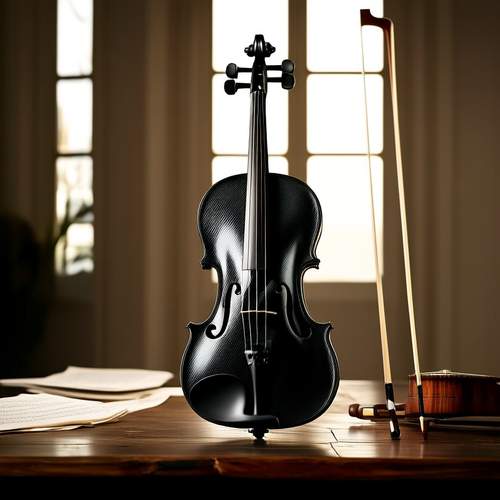
By /May 30, 2025

By /May 30, 2025

By /May 30, 2025
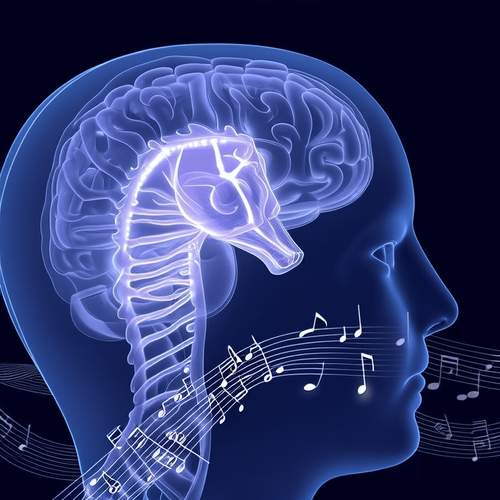
By /May 30, 2025
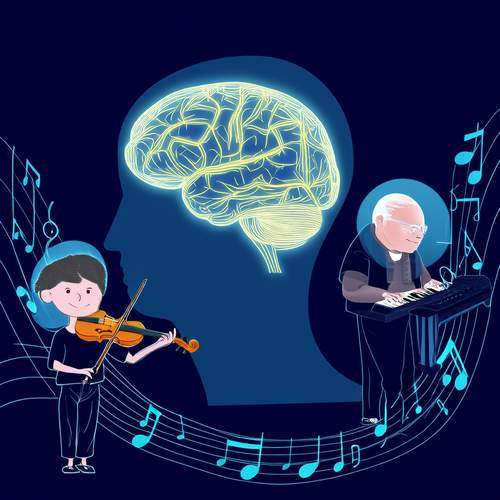
By /May 30, 2025

By /May 30, 2025

By /May 30, 2025

By /May 30, 2025

By /May 30, 2025
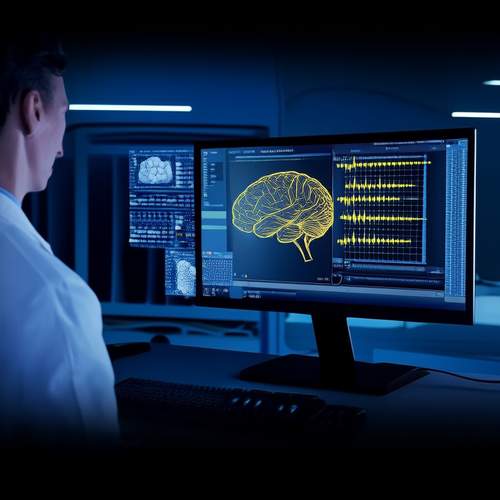
By /May 30, 2025

By /May 30, 2025
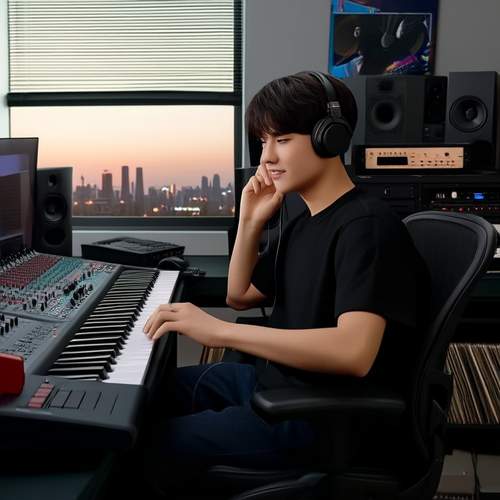
By /May 30, 2025

By /May 30, 2025

By /May 30, 2025

By /May 30, 2025

By /May 30, 2025

By /May 30, 2025